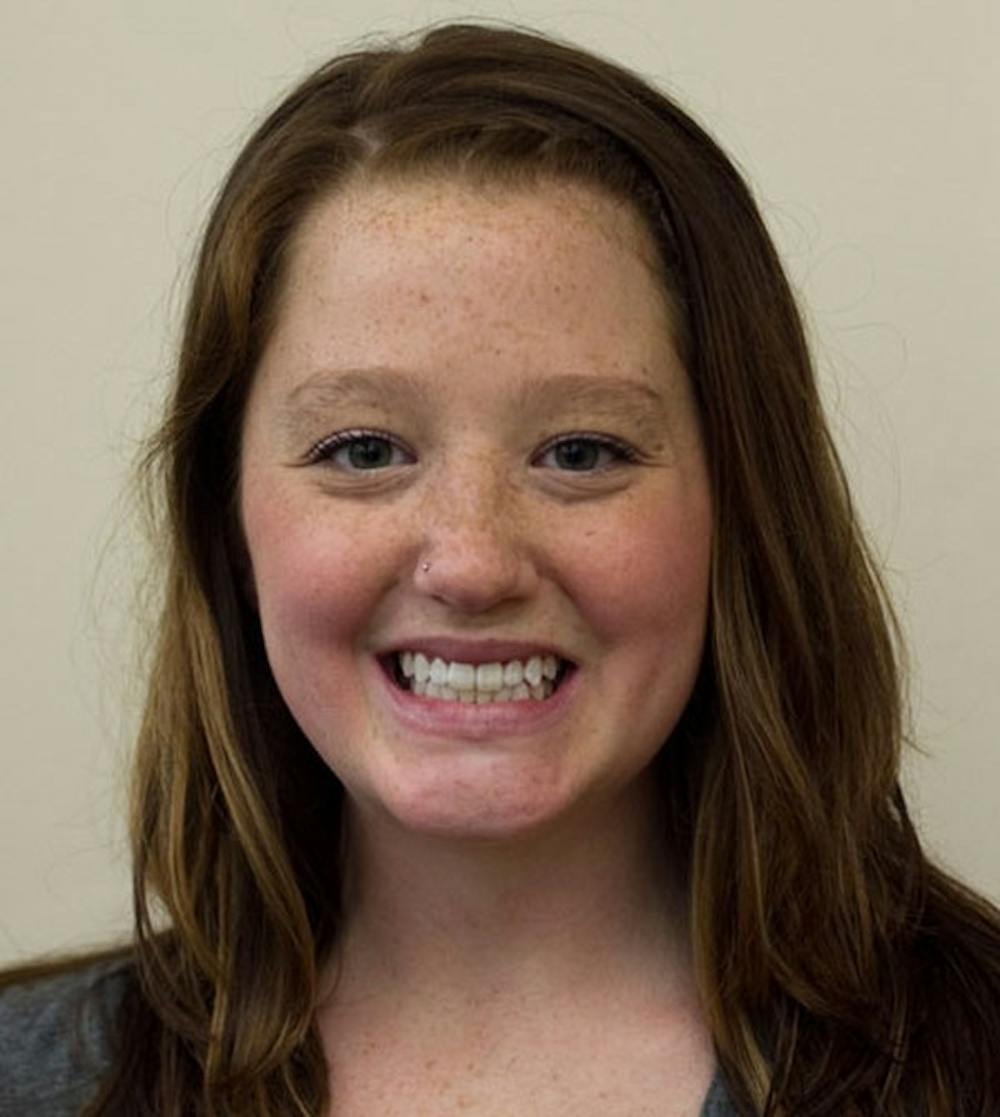There is nothing more magical than witnessing your photo print start to appear in the developer tray right before your eyes. It still amazes me every time I do it.
For most photographers, like myself, the darkroom is a place to go for relaxation; I can put in my iPod, focus all my energy on my photos and my stress leaves the room. Unfortunately, the past few weeks have corrupted my free will to develop film because the Ball State University journalism department's darkroom is currently under construction. All evidence of film processing and developing must go.
Since the department made the digital switch in spring of 2007, it has been hard to bring the focus back to the basics of film photography. Because of this, students no longer have to pay attention to detail with their aperture and lighting meters. They now depend on computer programs such as Aperture and Photoshop to fix their technical mistakes. How will they ever learn basic techniques such as exposure, shutter speed and lighting when it all can be altered with a click of a mouse? They won't.
Marilyn Weaver, chairwoman of the Department of Journalism, said the darkrooms are being gutted because the space will hold the Ball State Bookstore's Copy Center during its summer renovation. After the Copy Center is moved back downstairs, she is uncertain of what will be done until funding is provided.
"My desire is that we move Cardinal Communications and AAF (American Advertising Foundation) into that space, making it more of a strategic communications operation with higher visibility," Weaver said.
I agree with Weaver's ideas; however, why not leave some space for a little old school film developing? After all, there are some downsides to digital photography. For instance, time exposures are better in film because the film sits there until the light hits it. With digital cameras, the chip is continually trying to make an image and sometimes creates stuff that's not there. Also, film produces better photo resolution than digital.
Tom Price, assistant professor of photography in the journalism department, said even though he understands the department's reasons for getting rid of the darkroom, he's going to miss not having it around.
"Its easier for students to understand their mistakes by going step-by-step way through the wet lab," Price said. "Students become more lazy when they can chimp and look at the back of their camera. I find fewer and fewer students who really understand light values and they don't use light meters."
Not all photojournalism majors have given up on the film basics. For instance, sophomore Chelsea Jackson said she comes to the darkroom frequently even though she shoots digital in all of her major courses.
"I'm more personally involved in my photos. Using the wet lab means more hands-on time and more risk to the process," Jackson said. "With the new digital world, any mistake can be undone. That's disheartening and doesn't give the student what they need to really understand about the photo."
Jackson's determination to keep the lab afloat is proof that the digital world isn't as self-rewarding as film. Editing an image on a screen isn't the same as dipping your photo from tray to tray, getting chemicals all over your hands and then taking a step back to look at the hands-on masterpiece you've just created. It's just not.
The biggest reason for losing the space isn't only financial reasons, but it's also because film isn't a part of photojournalism anymore. Photo editors are no longer looking at contact sheets under a light like an X-ray; they no longer use test strips for checking exposures.
"Our [program] isn't a photo program," Price said. "It's an emphasis on the storytelling and journalism. It's about the medium and not how it's presented. For our work, we don't care about how it's presented, we just care about what the reader or viewer gets out of the story we're telling."
While it's necessary to prepare the students for future photojournalism positions, it can easily be done with some beginning experience in the darkroom. Soon, film development and printmaking will only be read about in textbooks. Soon, students won't even have to take exams about aperture settings and light exposure because Photoshop takes care of that for them. The department must leave one darkroom for film photography or else: goodbye, basics and hello, laziness.




